Affiliate links on Android Authority may earn us a commission. Learn more.
The iPhone turns 12: Here's how it compares to the best Android phone of 2018
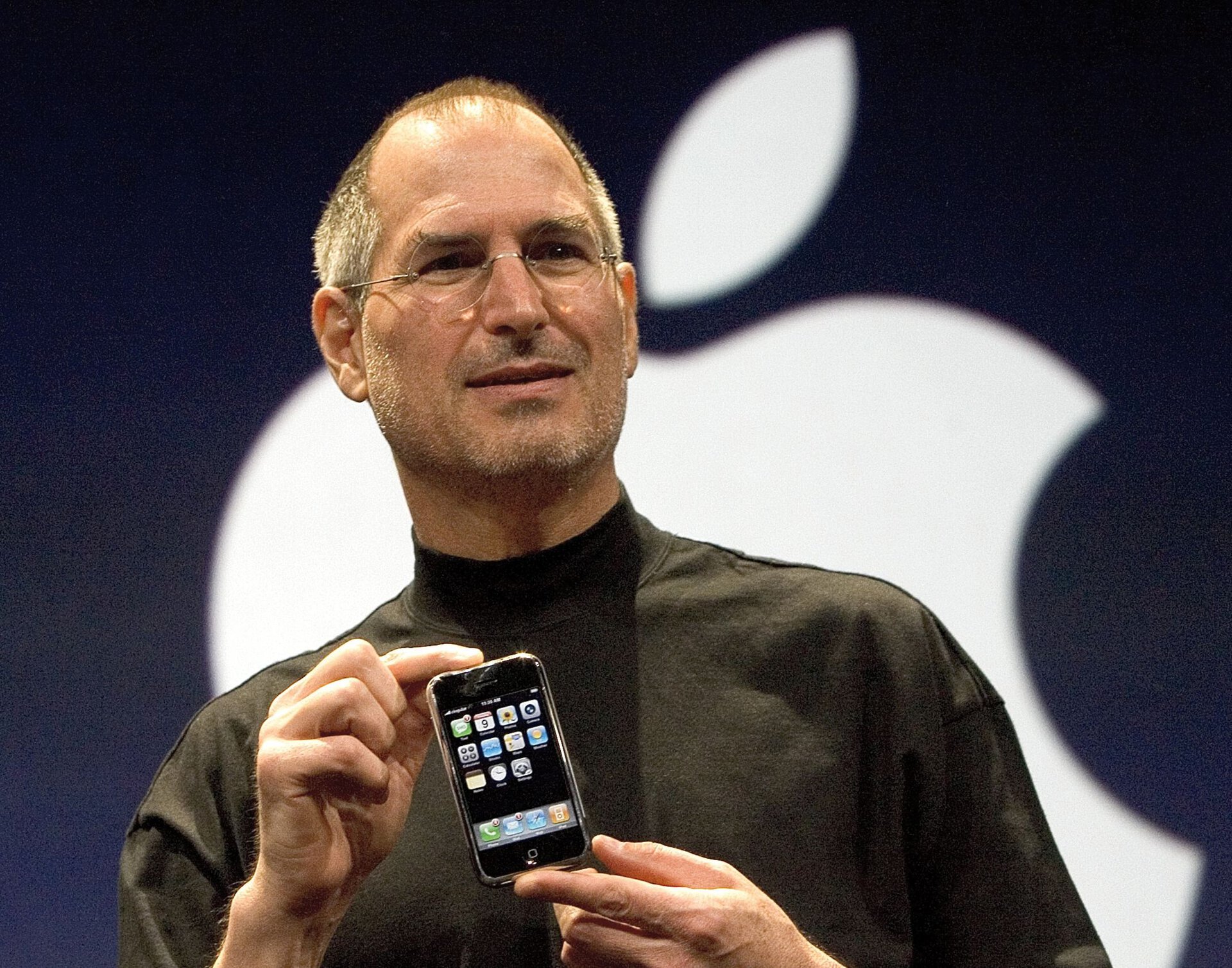
Apple announced the iPhone twelve years ago today. We all know it wasn’t the world’s first smartphone, yet few would argue its place among the world’s most important smartphones.
Android would not be where it is today were it not for Apple’s first flagship phone. But where exactly is Android today?
At the end of 2018, we crowned the Samsung Galaxy Note 9 the best Android smartphone of the year. Though it’s a smartphone of unquestionable quality, is it really all that different to Apple’s now twelve-year-old handset? Let’s take a look.
Designing for the future
The original iPhone ditched traditional QWERTY keyboards in favor of a multi-touch, glass display with an onscreen keyboard — an approach most smartphones would later take. When not using the Note 9’s S Pen stylus, you interact with it in largely the same way as you would the iPhone.
The Note 9 screen holds about 27 times more pixels than the iPhone's.
Phones have, however, grown larger in the twelve years since the iPhone launch. The Galaxy Note 9 dwarfs the iPhone at 6.3 inches tall compared to 4.5 inches, but display and design improvements mean the Note 9 has more than twice the screen real estate on a body only around 50 percent larger.
As well as increasing in size, screens have improved in several other key ways. They’re tougher — thanks to developments like Gorilla Glass — brighter, and more detailed.
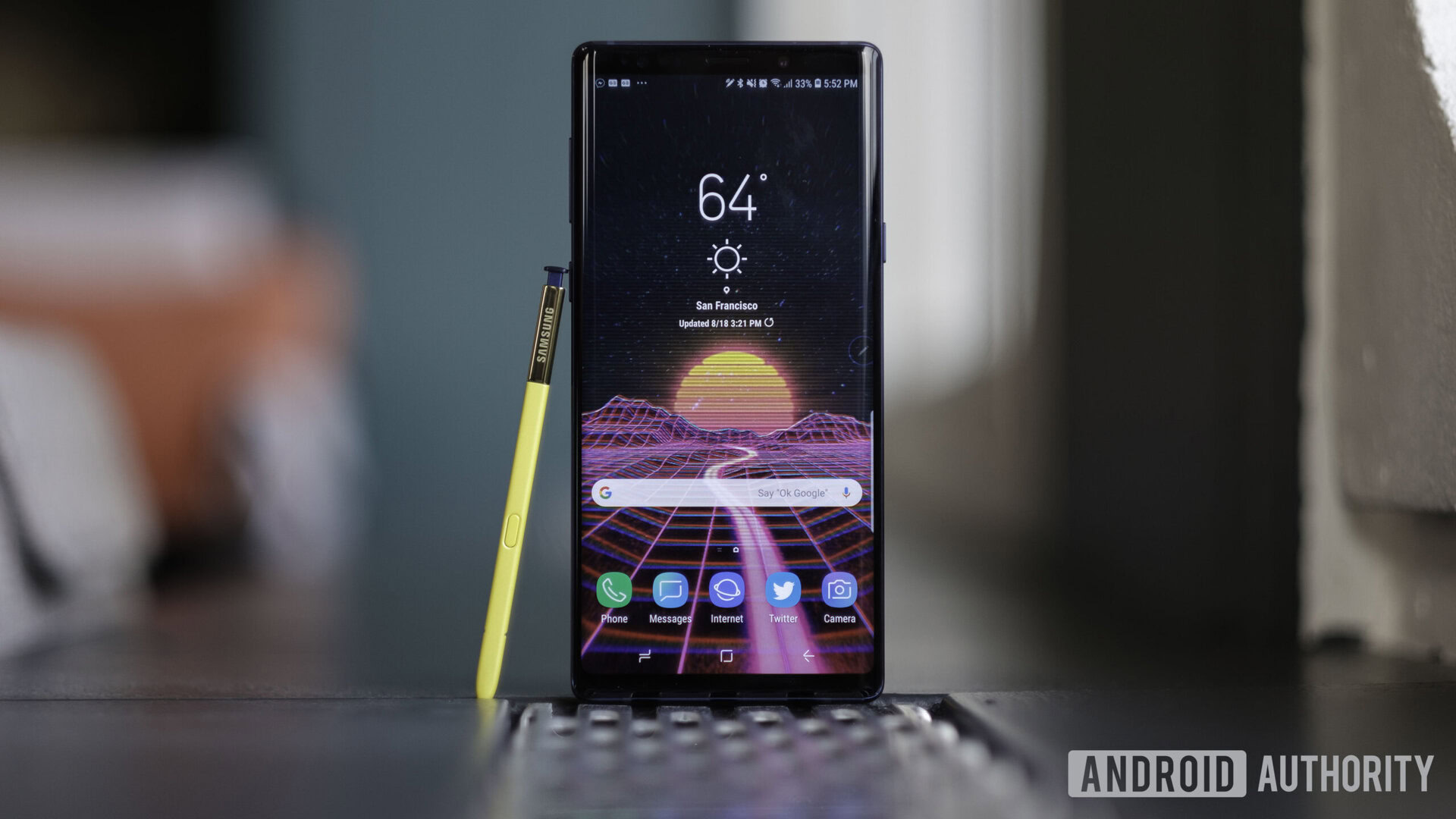
The Note 9 screen comes with a QHD+ (2,960 x 1,440) resolution with 516ppi, compared to the iPhone’s 480 x 320 pixels and 165ppi. It’s a significant difference given the similarly pocket-friendly display sizes: the Note 9 screen holds about 27 times more pixels (4.2 million versus around 153,000) than the iPhone’s.
The Note 9’s 18.5:9 display is also better suited to modern media than the 3:2 iPhone screen, as video content heads towards 2:1 territory, and it’s curved — an important first step towards the foldable smartphone era.
Storage matters
Having a nicer screen to look at is all well and good, but it isn’t exactly a critical improvement. Developments in memory have done far more for quality of life in the years since the iPhone release.
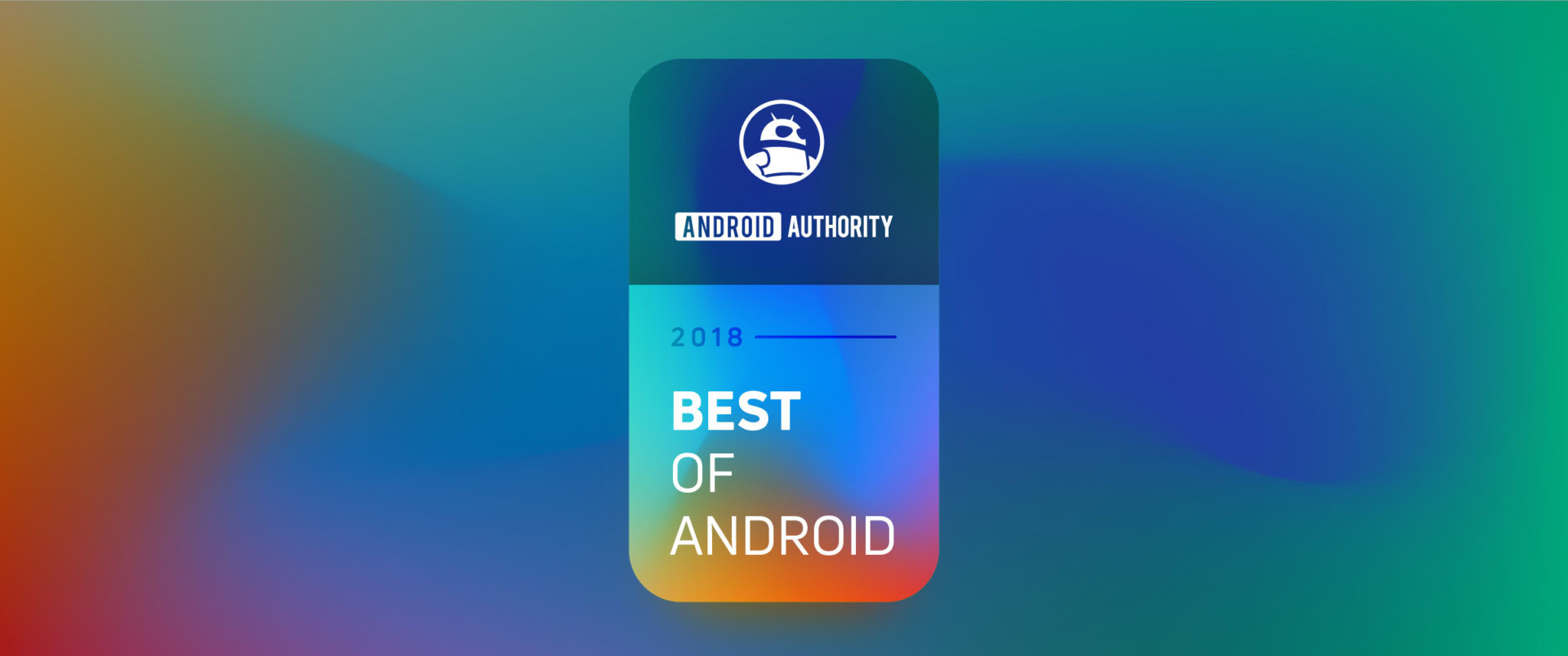
The Note 9 has heaps of space for your photos, videos, and other media, thanks to its 128GB of internal storage. Furthermore, the Galaxy Note 9 can access up to an extra 512GB of storage thanks to its microSD card slot, as well as (in some cases free and limitless) cloud storage.
By comparison, the first iPhone had 4GB of non-upgradeable storage (though the 4GB iPhone was quickly discontinued, and the 8GB model got a price cut).
Anybody who has ever used a device with low storage space can attest to its associated frustrations. The original iPhone was incredibly limited in the amount of music and photos it could store, and media is now a fundamental aspect of the smartphone experience. Here, smartphones have taken great — if entirely expected — steps forward.
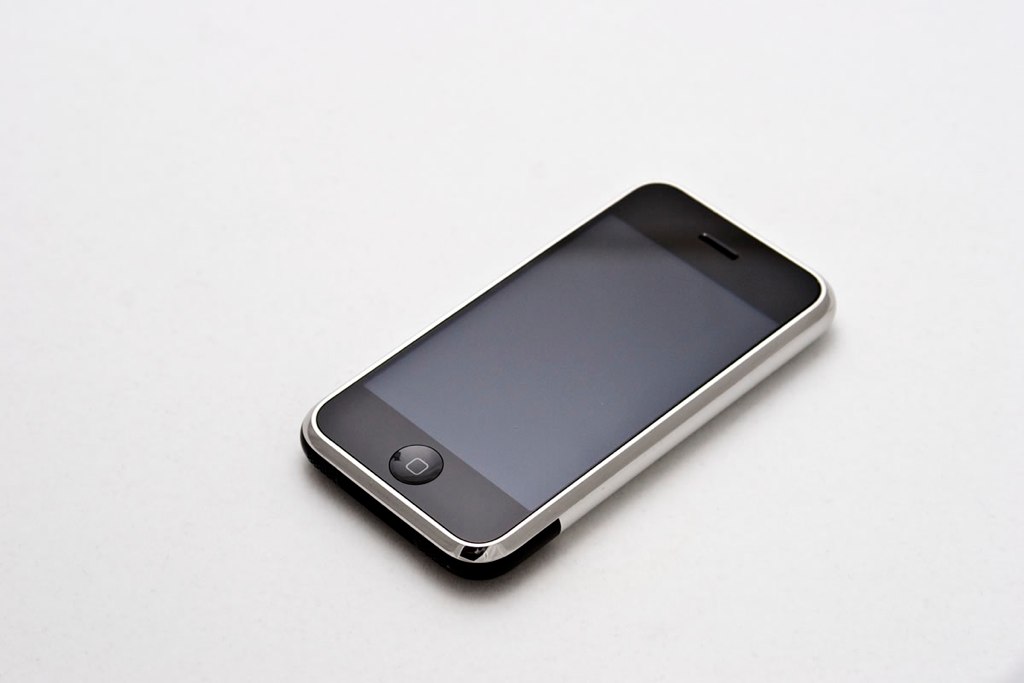
As for performance, the Note 9 has an octa-core Snapdragon 845 chip (or Exynos equivalent) — with four 2.8GHz cores and four 1.7GHz cores — and 6GB of RAM. The iPhone had a single core ARM 11 chip at 412MHz, backed up by 128MB RAM.
Of course smartphone chips have evolved over the years to process faster, but that’s not all: the Note 9’s Snapdragon 845 chip helps it play the latest games, manage AI tasks, transfer massive amounts of data over Wi-Fi and mobile networks quickly, charge fast, and playback 4K video at 60fps.
The single-camera experience
You’d struggle to take a selfie with the original iPhone as it didn’t include a front-facing camera. You remember having to do the classic look-at-the-rear-camera-lens-and-try-to-estimate-where-it’s-pointing trick, don’t you?
At least there’s a workaround for that particular deficit, though. If you wanted to record a video on the iPhone, on the other hand, you simply couldn’t.
However, you can zoom into a photo on the iPhone thanks to its multitouch display.
The Galaxy Note 9’s cameras are gorgeous, and arrive with benefits like autofocus, optical image stabilization, and a flash. The Note 9 can also take bokeh-effect selfies, those trendy photos with blurred backgrounds and focused foregrounds, and record 1440p video at up to 60fps.
Meanwhile, the iPhone’s most revolutionary feature was the ability to pinch and zoom into a photo thanks to that multitouch display.
What? It was incredible at the time.
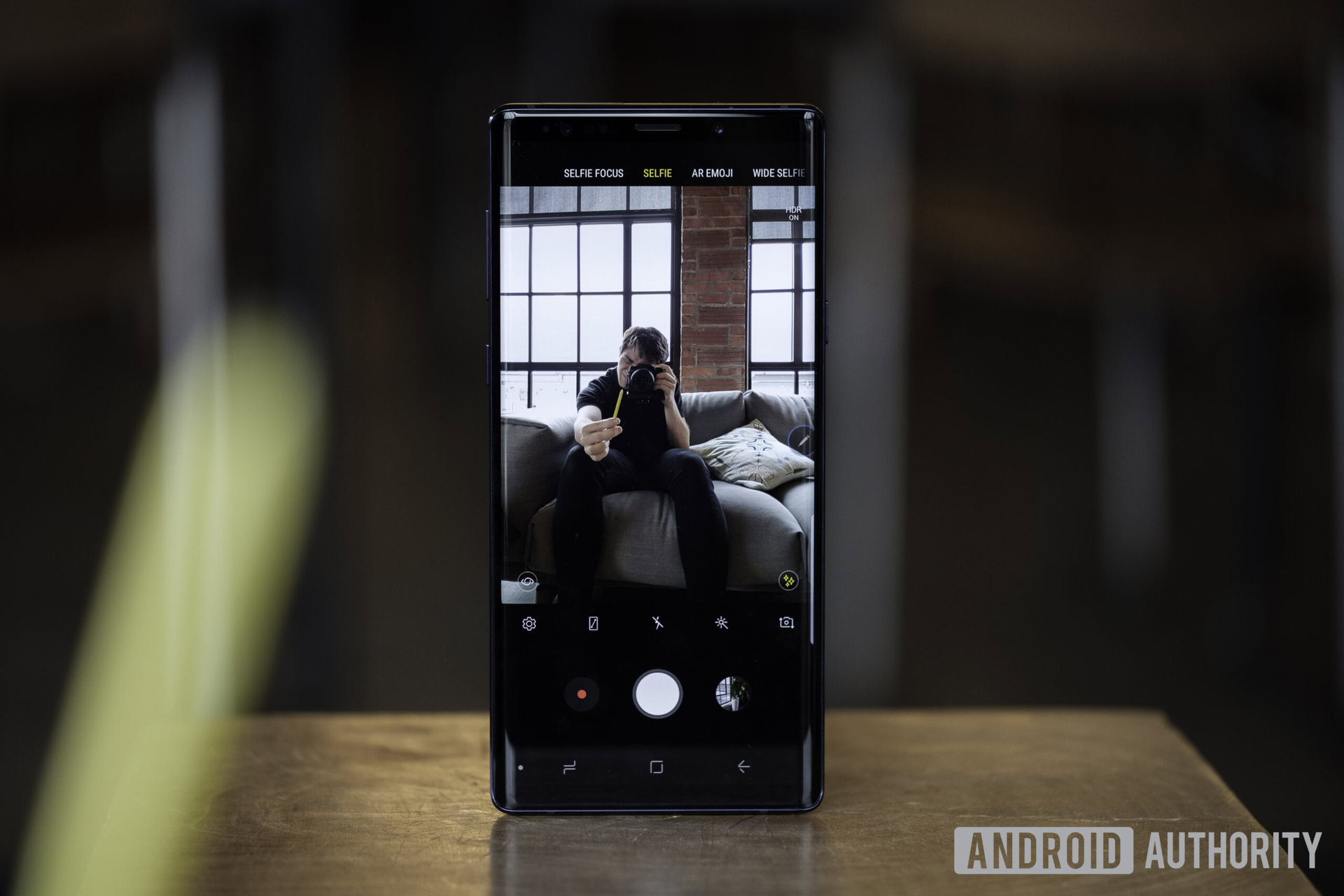
Battery life and security
The iPhone housed a 1,400mAh battery, while the Note 9 packs an almost-three-times-larger 4,000mAh battery. Despite the increased size, the Note 9 battery probably lasts about as long. The iPhone was said to have up to 250 hours of standby time, but reviewers found it usually ran down within a couple of days.
The Note 9 can also survive a full day’s use with seven hours of screen-on time, even if our smartphone habits changing dramatically since 2007 (they’re far more intensive now). The Note 9 battery no doubt charges faster too, thanks to developments in quick charging, and can charge wirelessly, so you don’t need to fiddle around with cables.
The Galaxy Note 9 supports traditional password and PIN protection, in addition to recent device unlock methods like fingerprint scanning, face scanning, and even iris scanning. The latter is said to offer the best security, though folks are still finding ways to fool these sensors.
Passwords probably remain the safest way to unlock your smartphone for the time being, though there’s nothing quite like a modern fingerprint sensor for speed.
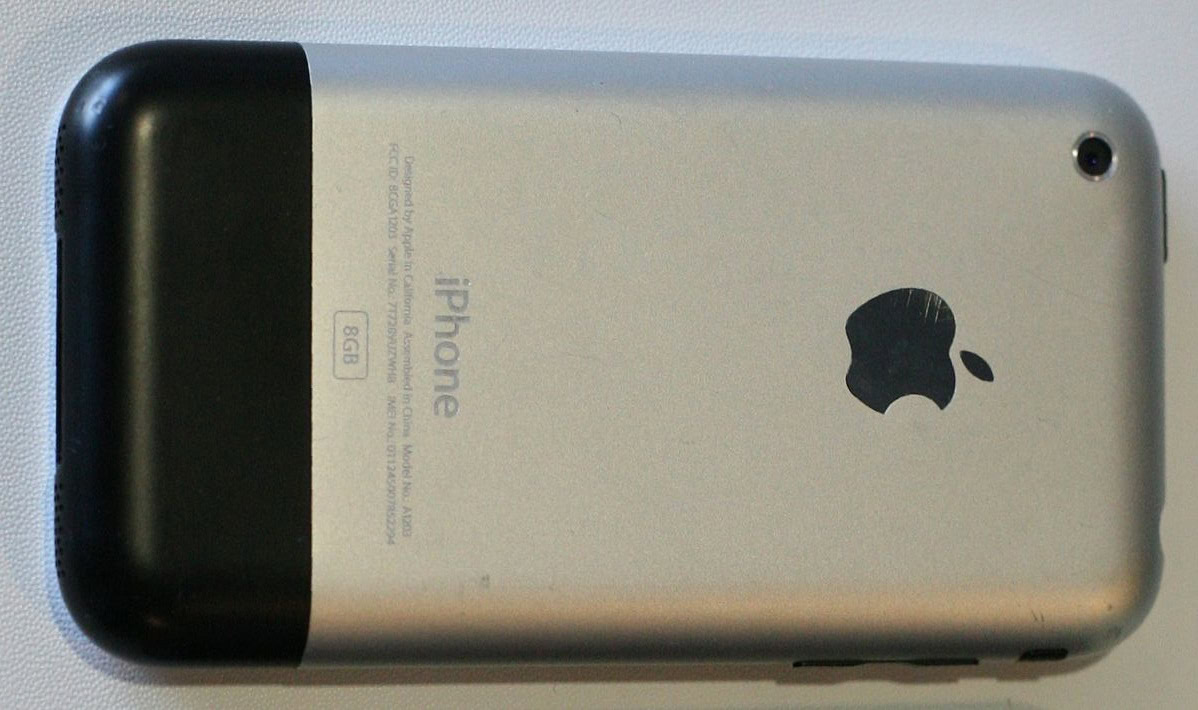
Apps, software, and more
Though it came with Google Maps, the original iPhone lacked GPS, which ruled out navigation. You also couldn’t send messages to more than one person, as you’d be using good-old SMS rather than WhatsApp or any other equivalent messaging app.
Imagine the Note 9 without access to Google Play apps? It doesn't bear thinking about.
In fact, if you’d bought the first iPhone at release, you wouldn’t have used any apps other than what Apple provided — the App Store didn’t launch until a year later in 2008.
It’s here you can see possibly the greatest divide between the Galaxy Note 9 and the iPhone. Imagine the Note 9 without access to Google Play Store apps? It doesn’t bear thinking about. There’s also a mighty distance between the iOS 1 — which didn’t even allow you to rearrange the icons — and Android 8.0 Oreo, which included advanced features like picture-in-picture mode and smart text selection.
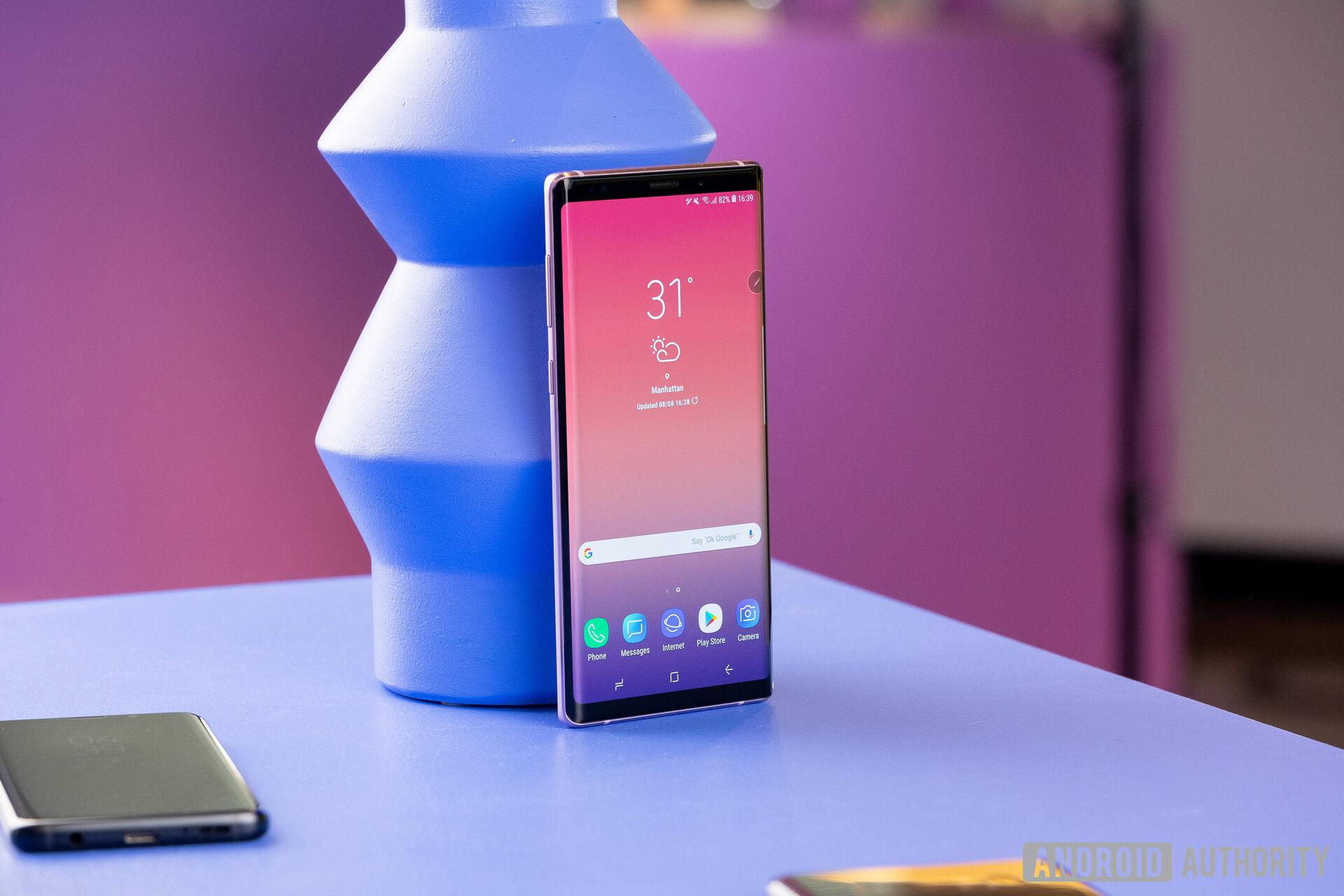
Meanwhile, the iPhone’s 2G/2.5G EDGE internet meant web browsing was a pain — though its impressive Safari integration was an early highlight — and its absence of water resistance means it’s not as durable as the IP68-rated Note 9.
The original iPhone lacked some of the Note 9’s connectivity options too. The Note 9 comes with NFC for quick connectivity and contactless payments, Bluetooth 5.0, and Samsung Dex support, which turns your Note 9 into something like a desktop system. The iPhone had Bluetooth 2.0, but no stereo playback.
The iPhone, like the Note 9, included a headphone jack though, which it can lord over around half of today’s flagships.
| Samsung Galaxy Note 9 | Apple iPhone | |
|---|---|---|
Display | Samsung Galaxy Note 9 6.4-inch Super AMOLED 2,960 x 1,440 resolution 516ppi 18.5:9 aspect ratio | Apple iPhone 3.5-inch, TFT LCD 320 x 480 pixels 165ppi 3:2 aspect ratio |
Chip | Samsung Galaxy Note 9 U.S.: Snapdragon 845 (4x2.8 GHz Kryo 385 Gold & 4x1.7 GHz Kryo 385 Silver) Global: Samsung Exynos 9810 (4x2.7 GHz Mongoose M3 & 4x1.8 GHz Cortex-A55) | Apple iPhone ARM 11 (@412MHz) |
RAM | Samsung Galaxy Note 9 6/8GB | Apple iPhone 128MB |
Storage | Samsung Galaxy Note 9 128/512GB expandable via microSD | Apple iPhone 4/8/16 GB, no microSD |
Cameras | Samsung Galaxy Note 9 Rear camera - Main: 12MP wide-angle AF Super Speed Dual Pixel sensor with ƒ/1.5 and ƒ/2.4 dual aperture, OIS - 12MP telephoto AF sensor with ƒ/2.4 aperture, OIS Front camera - 8MP AF sensor with ƒ/1.7 aperture | Apple iPhone Rear camera - 2MP Front camera none |
Battery | Samsung Galaxy Note 9 4,000mAh | Apple iPhone 1,400mAh |
Software | Samsung Galaxy Note 9 Android 8.1 Oreo | Apple iPhone iPhone OS 1.0 |
Water resistance | Samsung Galaxy Note 9 IP68 | Apple iPhone None |
Headphone jack | Samsung Galaxy Note 9 Yes | Apple iPhone Yes |
Fingerprint scanner | Samsung Galaxy Note 9 Yes | Apple iPhone No |
Connectivity | Samsung Galaxy Note 9 Wi-Fi 802.11 a/b/g/n/ac GPS Bluetooth 5.0 NFC | Apple iPhone Wi-Fi 802.11 b/g, Bluetooth 2.0, USB 2.0 |
Extras | Samsung Galaxy Note 9 Stylus | Apple iPhone N/A |
Dimensions and weight | Samsung Galaxy Note 9 161.9 x 76.4 x 8.8mm 201g | Apple iPhone 115 x 61 x 11.6mm 135g |
Price | Samsung Galaxy Note 9 $999 | Apple iPhone $499 |
Wrap up
A brief spell in a puddle could kill it. The photos in its gallery looked like hell — when it had enough space to store them. It couldn’t help you navigate to a friend’s house and forget about third-party apps.
Times have sure changed since the humble iPhone’s launch.
When I started researching this piece, I naively suspected there would be only a handful of differences between the Note 9 and the iPhone, and they would be largely superficial (it seems the smartphone stagnation of the last few years had informed my ideas about the past decade). However, that’s just not the case.
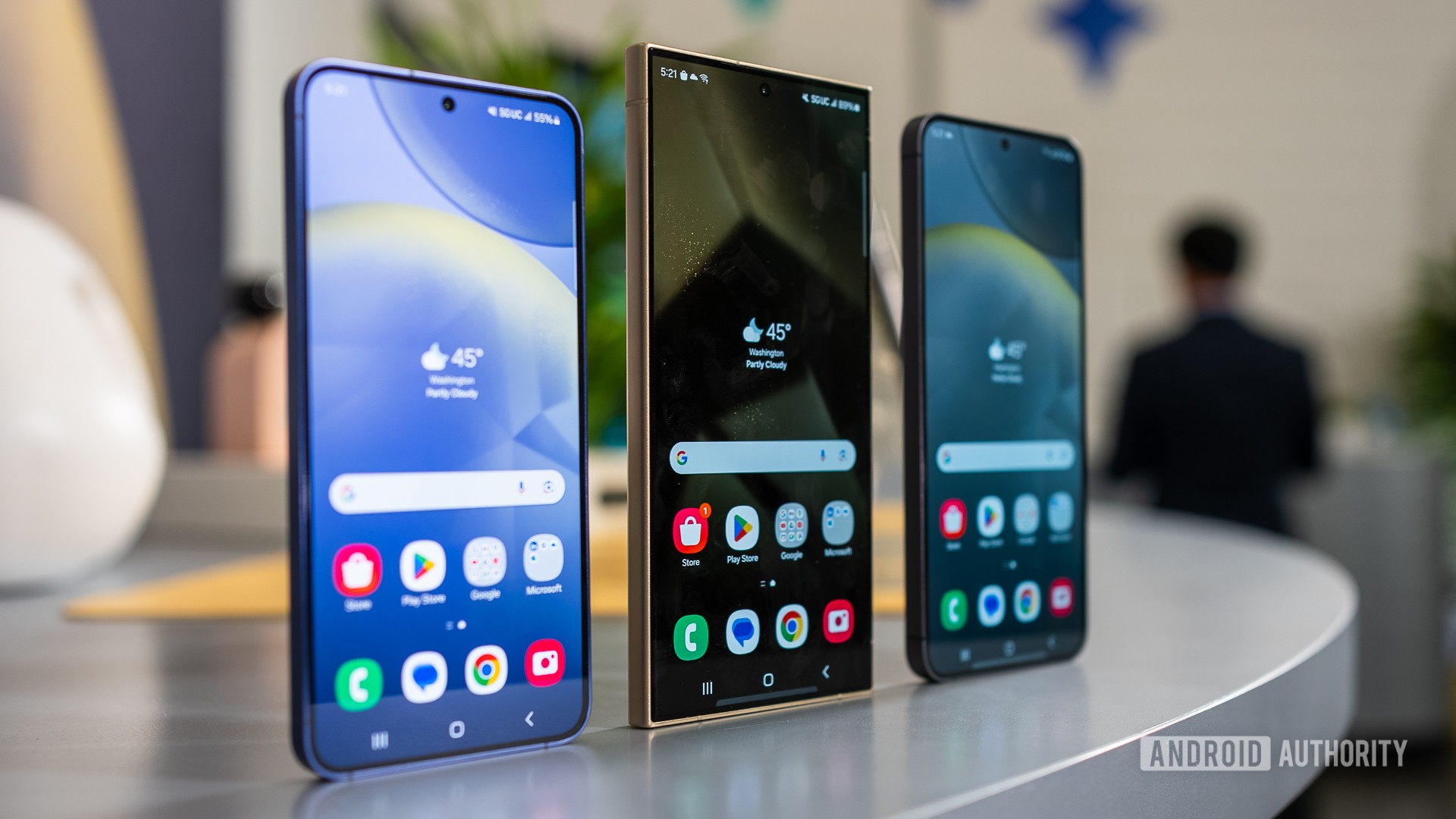
The iPhone might look like an old cousin of the Note 9, but in terms of functionality, it’s galaxies away (pun intended).
Nevertheless, we can’t dismiss the iPhone as underwhelming when looking at the luxuries smartphones of today afford. I suspect if we come back in a year or two’s time to look at the ideas OEMs have borrowed from the Note 9 against those they borrowed from the original iPhone, it would be quite telling.
Few products — if any — were like the iPhone at the time and Android fans have much to thank it for. So here’s to you, original iPhone, happy anniversary!